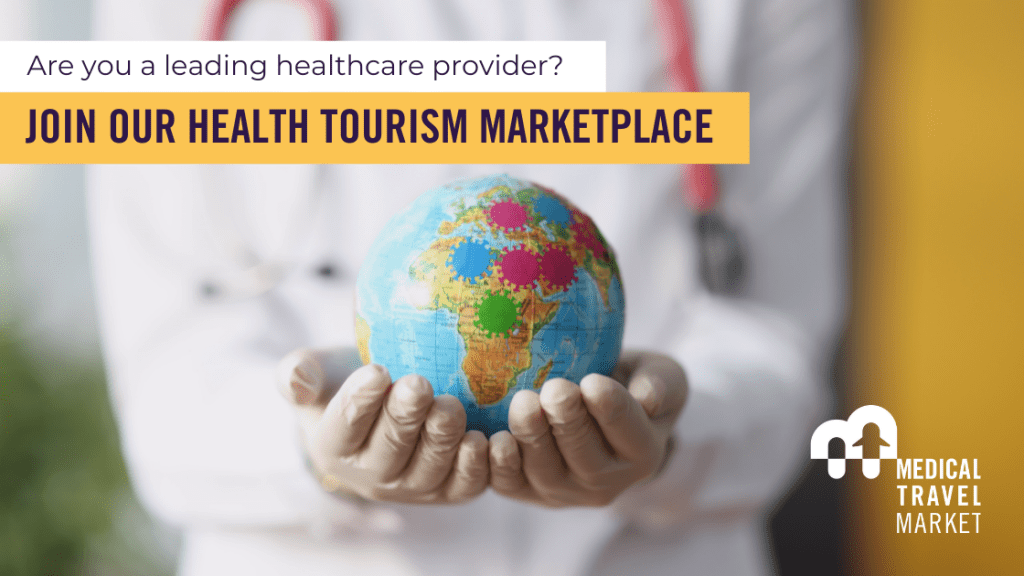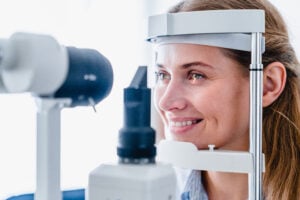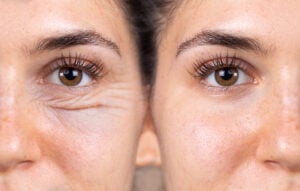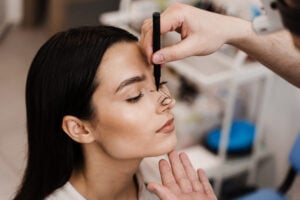If you’re thinking about breast enlargement, also known as a breast augmentation or a “boob job”, you will undoubtedly have carried out plenty of research into the subject.
No-one, after all, should go into any surgery uninformed, regardless of why they are getting the surgery in the first place.
“Generally speaking, anyone who is in reasonably good mental and physical health is a suitable candidate for breast implants,” says Shahram Salemy, a Seattle-based board certified plastic surgeon.
“But breast enhancement should be done because you believe it will increase your own happiness or confidence. You should never get cosmetic work done because someone else wants you to.”
Breast augmentation surgery is the most common form of cosmetic surgery in the world. The number of women in the US undergoing the surgery tripled in the two decades between 1998 and 2018. In 2018, 7,727 women in the UK had breast augmentation, which was 6% less than the year before. In Germany, 66,972 women had breast augmentation in 2019.
What is breast augmentation?
Breast augmentation surgery is when breast implants or fat grafts are used to enlarge the size of the breasts. It is often used to increase the volume of the breasts after weight loss or pregnancy. The surgery can also be undertaken to enhance the shape of the breasts or to improve symmetry.
You will also find the process referred to as augmentation mammoplasty. Fat grafting breast augmentation is, as the name suggests when fat is transferred from another part of the body to boost the volume of the breast.
Here are some other pointers for breast augmentation:
1. Insurance isn’t going to cover it
The only way you’ll get your breast augmentation operation paid for is if the procedure is part of breast reconstruction surgery following a mastectomy.
2. It will be performed in one of four ways
There are four types of incisions that surgeons use for a breast augmentation procedure. These are:
- Transaxillary – under the armpit
- Inframammary – under the breast (one of most common methods)
- Areolar – on the areola (difficult if the areolar is small but the least noticeable method in terms of scarring)
- Trans-umbilical – around the navel
3. You will have a choice of implants
It’s possible to choose from saline, silicone, cohesive gel or autologous fat implants. All have their pros and cons. The most natural implants tend to be silicone-based, and these hold their shape well. Saline can make the breasts feel heavy and cause ripple effects on the breast.
Cohesive gel (also known as gummy bear implants) can’t be used for women who are pregnant, nursing or aged 22 or under. With fat implants, often around three pounds of the patient’s own fat needs to be injected – the good news is there is no scarring.
4. The increase won’t be huge
It’s not possible to jump from a size A cup to a DD right away. That kind of increase would literally be too much of a stretch for the body to cope with in one go. Instead, you can go from an A to a C cup and then increase again, possibly a few years later, giving the body time to adjust better. As many celebrities have, it’s also possible to have your implants removed if you change your mind.
5. Expect to undergo more surgery in the future
Your first breast augmentation surgery will probably not be your last. The lifetime of an implant is anything from ten to fifteen years. The size and volume of your breasts can also be affected by weight loss, breastfeeding and even simple gravity. It could be that scarring causes the shape of the implant to change over time, and new implants are needed to put this right. Because of this, it’s always a good idea to have a contingency fund, just in case.
6. You’ll still be able to breastfeed
Provided the incision you have is far enough away from the nipple, then the milk ducts and glands should not be affected at all. This is because the implants are positioned underneath the breast tissue. So, you don’t have to wait until after you’ve had kids to get breast augmentation surgery.
7. The numbness in your nipples will pass
The nerves in the nipples are stretched during breast augmentation surgery, and they may become numb for several weeks after the operation. This loss of feeling will eventually wear off, and all sensations should gradually return.
8. It takes a while for your breasts to settle
The first sight of your new breasts may alarm you. That’s because they may be far larger than you expected. This is most likely just swelling caused by the operation. There will probably be bruising too. Both will settle down within four to six weeks, and your new breasts will have their final shape.
9. You’ll still be able to get a mammogram
Your implant won’t interfere with any cancer screening process for your breasts. Radiologists these days are familiar with implants and can take readings and images by going ‘around’ the implant.
10. You’ll need help after surgery
Don’t expect to be back at the gym within a week or two of your breast augmentation surgery. You will probably be told to avoid exercise for at least six weeks afterwards. When you return home from surgery, you may be a bit dizzy from medication and sore. For that reason, it may be good to have someone stay over to help you move from room to room.
It’s also important to remember that the best plastic surgeons will be board certified and will always be up-front about the risks and expectations in your individual case. They will make you feel comfortable, explain how their cosmetic surgical approach will match your personal goals, and they will always be transparent about the costs involved.
Stay tuned, as we will soon be launching our medical tourism agency services so that you can find the best plastic surgeons and treatment offerings near you.
Discover Health Tourism Worldwide














